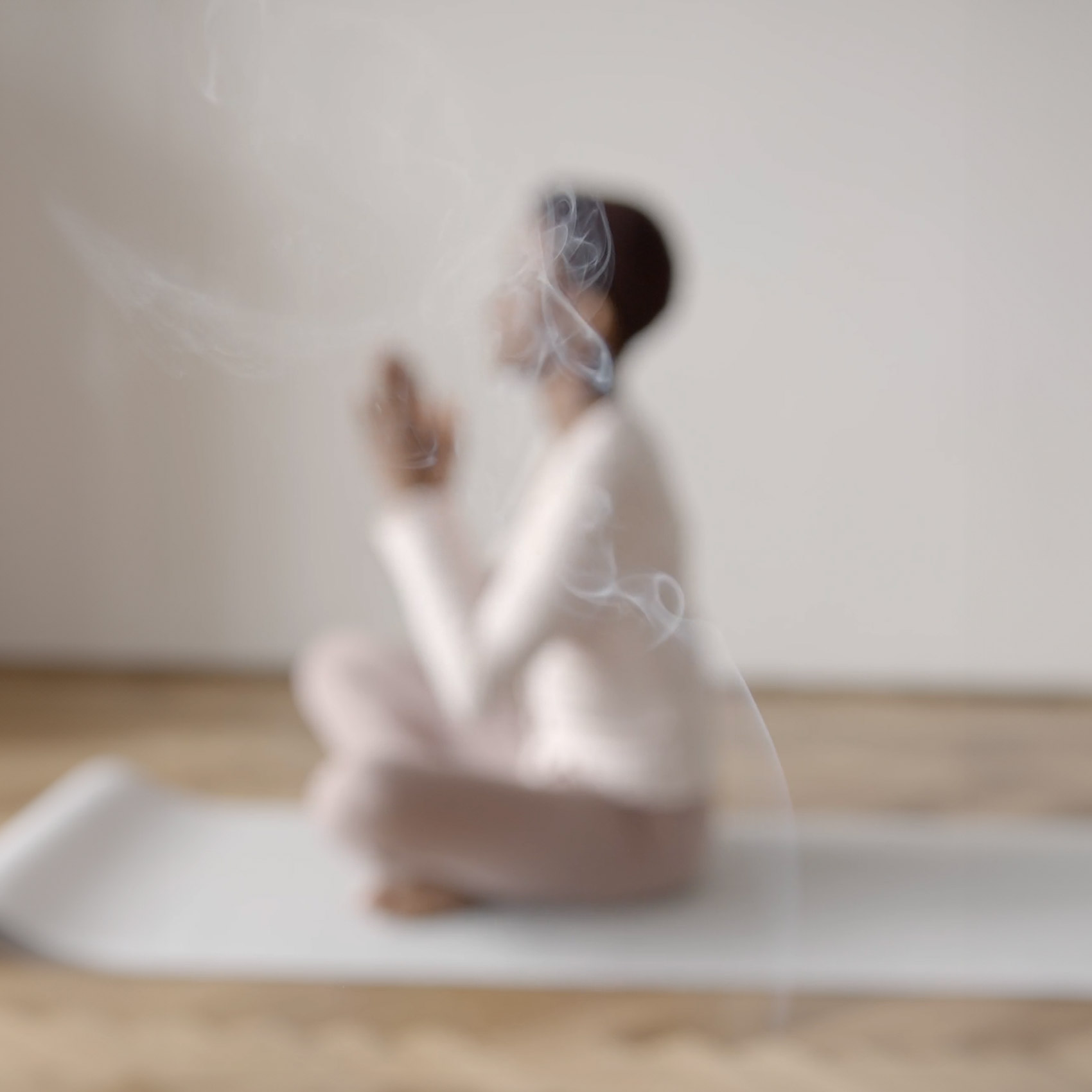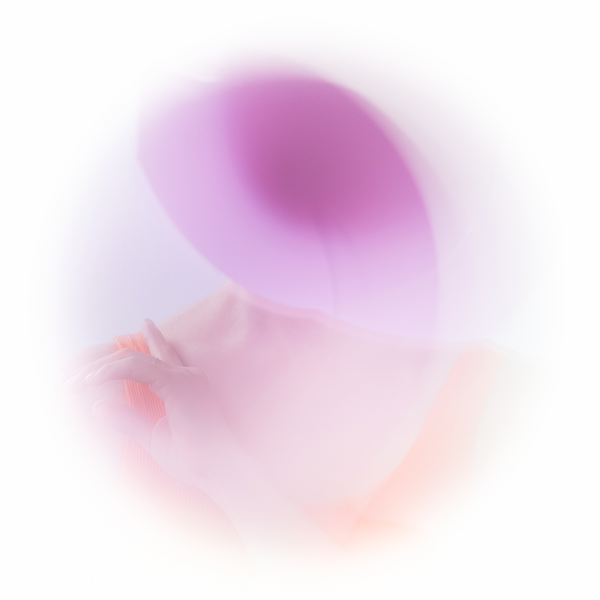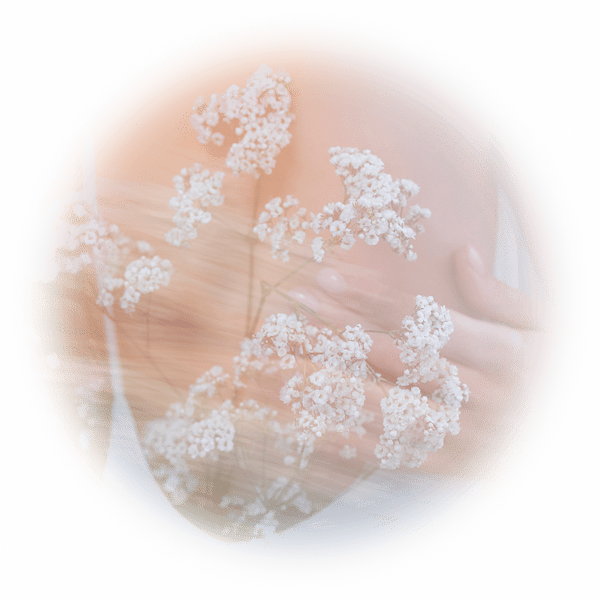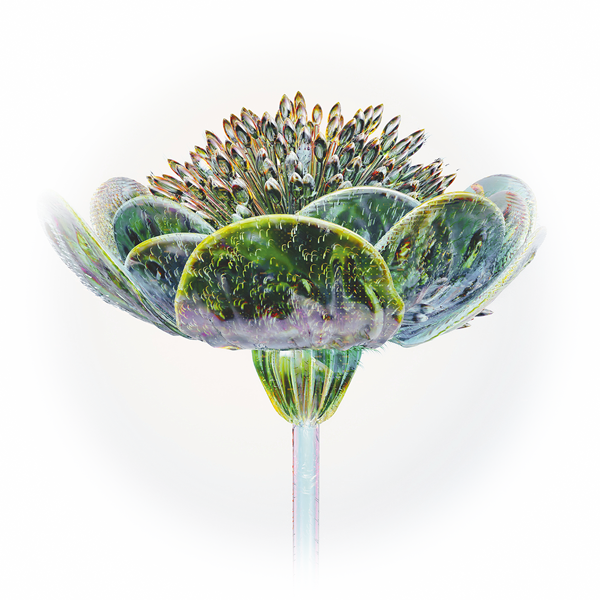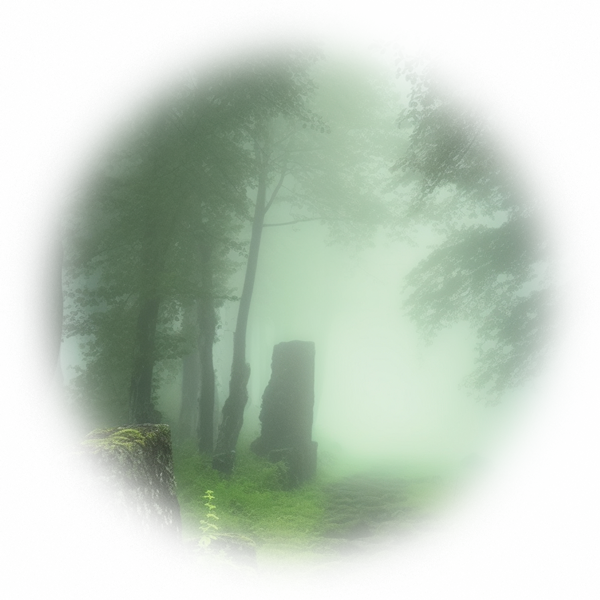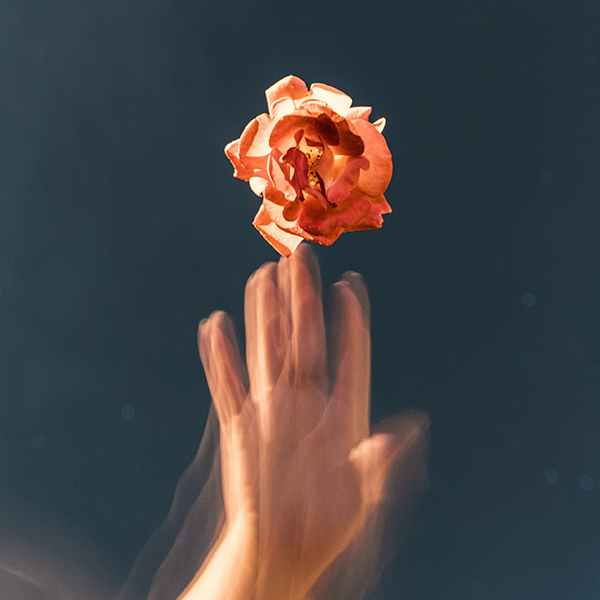“We spend a third of our lives sleeping. No matter what we do, however virtuous or non-virtuous our activities, whether we are murderers or saints, monks or libertines, every day ends the same. We shut our eyes and dissolve into darkness.” So begins the book that Tibetan monk Tenzin Wangyal Rinpoche dedicated, in 1998, to the Tibetan yoga of dream and sleep, an ancient tradition of Tibetan Bön Buddhism in which monks practice lucid dreaming.
In the West we are most familiar with the postural (asana) and respiratory (prana) practices of yoga. There are however many other practices associated with yoga, all considered forms of meditation. Tibetan Tantrism, for instance, recognizes the usefulness of dreaming – known as “milam“, meaning “the path of manifestation” – as a tool for accessing Awakening and Liberation.
To practice dream yoga, one first needs to become lucid, which requires assiduous practice so that one is always aware of being in a dream while dreaming. This heightened awareness means that the yogi is no longer carried away by their thoughts and emotions, thus no longer subjected to them. The yogi must remain present, free, and at peace. It is then necessary for the dreamer to overcome all of their fears in the dream, by understanding that they are only facing a mirror, a simple projection of their own mind: nothing can harm them since they are at the origin of everything.
Once aware of the illusion and freed from all fear, the yogi has to become aware of the similarity between life and dreams: during the day we are engaged in the same process of dream production, only we project this mental activity onto the world and thus think that our experiences are “real,” hapenning outside our own mind. But they aren’t. In this respect, life when we are awake is no different from the life we lead when we are asleep. In fact, the brain doesn’t differentiate between the emotions we feel in sleep and those we feel during the day. So the experiences we have in our dreams are no more unreal than those of our waking lives. Only our senses withdraw during sleep, no longer influencing our consciousness.
Finally, the yogi should be able to manipulate their dreams – both objects, colors, light, images, sounds, and smells, as well as his own body – excluding the influence of negative emotions. They can then meditate on the image of deities, perceived as gateways to the Enlightenment. Far from being reserved for monks and confirmed yogis, this practice can be used by anyone to understand the nature of the dream state and, through this understanding, derive spiritual or psychological benefits.
By bringing attention back to a neglected part of our experience, which nevertheless occupies a third of our existence, dream yoga enables us to make the most of our human life by developing a heightened awareness of every moment, whether awake or asleep.
